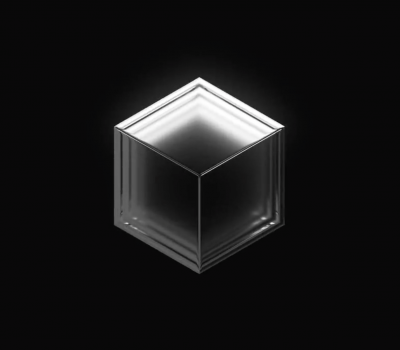
Jenny Holzer, Conclusion (2016), three of a set of six aquatint and white ground etchings. Available from Pace Prints at IFPDA Print Fair 2016.
One of the most common misconceptions about prints is that they are reproductions on paper of existing works of art. In fact, prints are original multiples; works of art in their own right that are conceived and executed by the artist in multiple in the medium of printmaking, which includes silkscreen, woodcut and linocut, etching, lithography, and digital printing, among other techniques. “They are not unique, but they are originals,” says Elizabeth Fodde-Reguer of Gemini G.E.L. at Joni Moisant Weyl.
Because printmaking is a medium with unique strengths and limitations, and involves collaboration between the artist and printers, it often opens up new space for artists to explore. Fontaine says “our goal is for the artist to leave their experience in our studio with a new understanding of and approach to their own practice.” As Christina Graham of Pace Printsnotes, “the breadth of techniques used in printmaking and papermaking creates endlessly surprising results in the hands of different artists.”
While printmaking encompasses a diverse group of processes, all hold in common the use of a “matrix”—a plate, block, or other surface—that is incised or chemically altered so that an image can be printed from the matrix many times. Don’t picture a desktop printer or photocopier churning out pages, though! Fine art prints are constructed in layers, meaning that a multicolor image may require a dozen or more different plates or blocks to produce, and a dozen or more separate runs through the printing press.



